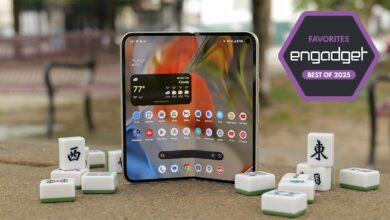“Two years of work in two months”: States cope with Trump broadband overhaul

Butcher said Lutnick is exercising “authority as a central government over the rights and expertise of a state body, which I guess I don’t understand how the party’s values work anymore, but that to me feels like a pretty strange Republican imposition.”
Butcher still expects significant fiber deployment
Overall, Nevada’s plan was to use $416 million to connect 43,715 households and businesses. Maine was to receive about $272 million, which Butcher said would “provide deployment to about 25,000 unserved households and businesses” and about 3,500 community anchor institutions. Anchor institutions under the BEAD program can include places like schools, libraries, hospitals and other health facilities, public safety facilities, public housing, and community centers.
“With our available funding, we really don’t have the ability to consider a cost per passing anywhere near” the $228,000 example cited by Lutnick, Butcher said. “We have to be resourceful and efficient in the decision-making… to squeeze the value out of that as much as possible.”
Fiber is Butcher’s first choice, and he said he is not convinced that the Trump administration’s new guidelines will significantly reduce the amount of fiber deployment that ultimately happens once BEAD funds are finally spent.
“The introduction of more of a preference or bias towards the cheapest deployment option… actually may very well drive competition and further incentivize fiber providers to be more aggressive” in their bids for projects, he said.
Still, he said the cost of laying fiber lines in certain locations means that wireless and satellite networks have their place. “There are some places where fiber is a prohibitive cost. Maine is a big place without a lot of people,” Butcher said.
Source link






